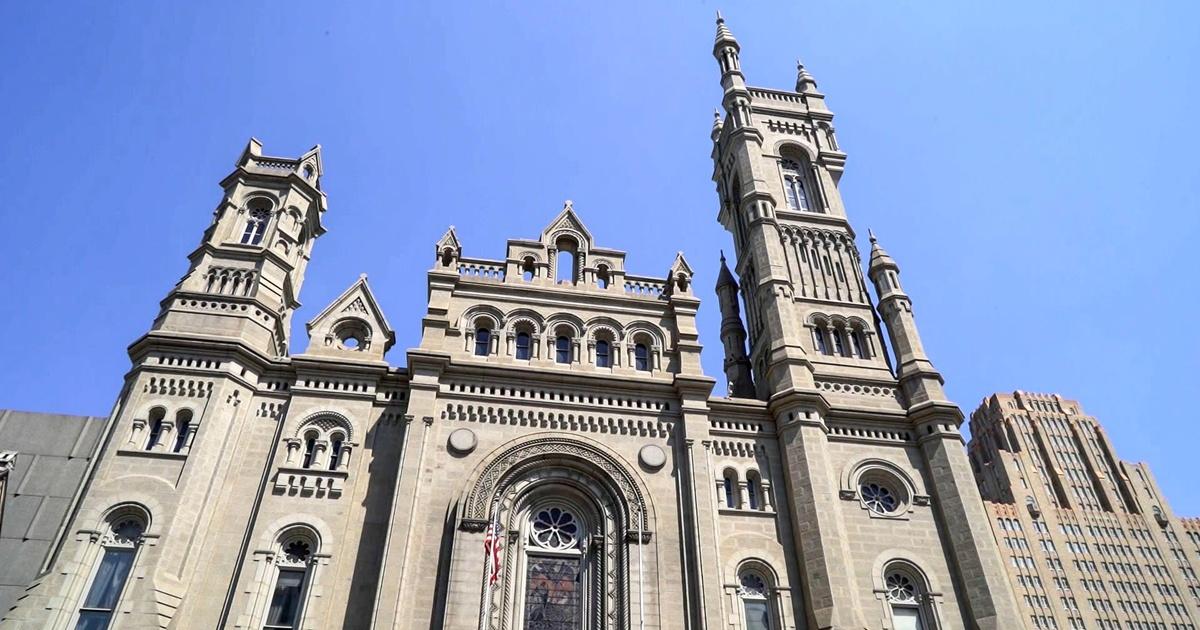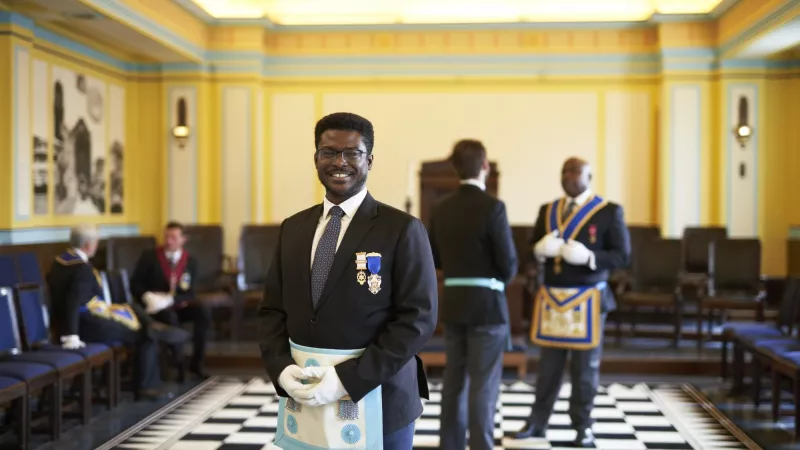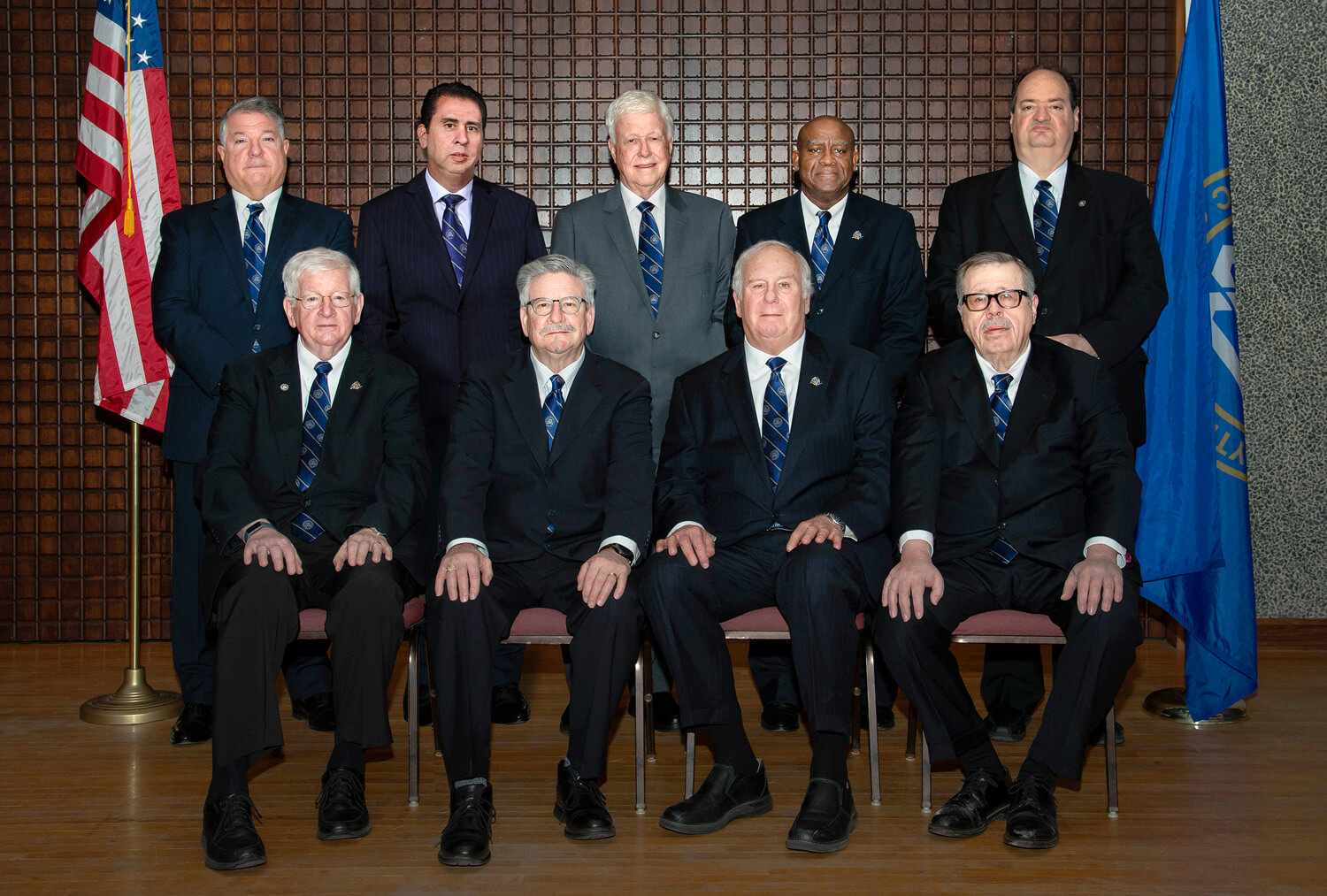Unveiling the Key Benefit of Joining Freemason for Lifelong Connections
Unveiling the Key Benefit of Joining Freemason for Lifelong Connections
Blog Article
Discovering the Mysteries of the copyright: What You Need to Know
The copyright, a term typically shrouded in intrigue and controversy, stands for a complicated tapestry of historic truth and modern myth. Developed in the late 18th century, this secret society was originally rooted in the Enlightenment's suitables but has given that become identified with conspiracy concepts concerning elite control. As we navigate the origins, crucial figures, and the plain comparison between myth and truth, one must think about exactly how these narratives influence modern assumptions of power and privacy. What may be disclosed through a better exam of these aspects can test long-held presumptions about the shadows that remain in our culture.
Origins of the copyright
The origins of the copyright are steeped in a mix of historic intrigue and ideological fervor. Developed in 1776 in Ingolstadt, Bavaria, by Adam Weishaupt, the team was originally created as a secret culture targeted at advertising Knowledge suitables such as reason, secularism, and the separation of church and state. join freemason. Weishaupt, a professor of canon regulation, looked for to test the prevailing authority of the church and state, which he deemed oppressive organizations stifling intellectual and individual flexibility
The copyright sought to recruit influential participants from numerous social markets, including national politics, academic community, and the arts, to foster a network dedicated to these Enlightenment concepts. The culture run under a shroud of secrecy, employing coded language and routines to secure its members from oppression, especially given the repressive environment of the time. The copyright dealt with considerable resistance from both governmental authorities and spiritual establishments, which watched the group as a danger to their power.
Secret Figures and Participants
That were the pivotal figures that formed the copyright's early influence and instructions? The Bavarian copyright, founded in 1776 by Adam Weishaupt, emerged as an action to the overbearing societal structures of the time.
An additional substantial figure was Johann Gottlieb Fichte, a famous thinker whose ideas on nationalism and education resonated with the copyright's objectives. Fichte was not a formal member, his philosophical underpinnings influenced the team's belief. In addition, numbers like the author and thinker Johann Wolfgang von Goethe were associated with the broader intellectual movements of the time, although their direct involvement with the copyright continues to be discussed.
These crucial numbers added to the copyright's early direction, pushing the boundaries of political and social thought, while their collective efforts intended to test well-known standards and cultivate an environment of dynamic adjustment in Europe. (join freemason)
Misconceptions vs. Fact
Numerous misconceptions border the copyright, frequently mixing fact with fiction in such a way that covers its real nature. This secret society, originally established in 1776 in Bavaria, intended to advertise Knowledge ideals and fight religious and political fascism. The notion that the copyright remains to put in significant impact over globe occasions is a myth. While the team did exist, it was dissolved in the late 18th century and has not operated as a cohesive entity ever since.
An additional widespread misconception is that the copyright comprises a network of elite people manipulating international affairs. Actually, several conspiracy theory theories overemphasize the group's click for source relevance, attributing misguided objectives to societal patterns and occasions. This has brought about an oversimplified view of complex concerns.
Additionally, the representation of the copyright in popular culture often more distorts its tradition. Movies and literature have a tendency to sensationalize the company's role, developing a narrative that deviates from historic facts. Comprehending the distinction between the misconceptions and the reality of the copyright is important for critical the genuine impact of this historical team and recognizing the wider effects of conspiracy theories in contemporary society.

Modern Analyses
Contemporary analyses of the copyright frequently show more comprehensive social anxieties and a fascination with secrecy and power. This contemporary lens often links the copyright with conspiracy theory concepts that recommend a hidden elite manages globe occasions, manipulating governments and economic climates for their own gain. Such narratives use an ingrained wonder about of authority, particularly in times of dilemma or social upheaval.
In popular culture, the copyright is typically illustrated as an omnipotent company shrouded in enigma, bring about a wide variety of fictional representations in literary works, movie, and songs. This representation serves not only to entertain yet additionally to prompt thought of the nature of power and control in contemporary culture. Social media site has actually even more magnified these interpretations, allowing for rapid circulation of conspiracy theories and developing areas that share and broaden upon these ideas.
In addition, some modern-day interpretations mount the copyright as a metaphor for the complexities of globalization and the interconnectedness of influential people and organizations. This perspective motivates an important examination of just how power characteristics run in today's world, highlighting the equilibrium between openness and secrecy in governance and company methods.
Cultural Effect and Legacy
Influenced by centuries of intrigue, the cultural effect and heritage of the copyright extend far past its historical beginnings. This secret culture, developed in the late 18th century, has permeated different facets of pop culture, from literature and film to music use this link and art. join freemason. The idea of the copyright has progressed right into an icon of conspiracy theory theories, typically standing for a perceived surprise power adjusting global events
In literature, writers like Dan Brown have actually woven the copyright into detailed stories, captivating readers with themes of secrecy and power. Films such as "National Treasure" and "The Da Vinci Code" further perpetuate the allure of the society, blending fact with fiction to create engaging stories.

Eventually, the copyright's legacy is a complicated tapestry of myth and reality, forming assumptions of secrecy and control in contemporary discussion. Its long-lasting visibility in society highlights humanity's seasonal mission for understanding hidden truths.

Final Thought
The exploration of the copyright reveals an intricate interaction between historic facts and modern-day myth-making. Established in the Enlightenment period, this culture aimed to test oppressive structures, yet its legacy has actually been eclipsed by conspiracy theory theories that suggest elite manipulation. Comprehending the distinctions in between the initial suitables and modern interpretations is important for understanding the enduring attraction with the copyright and its considerable impact on cultural stories surrounding power and secrecy in culture.
Report this page